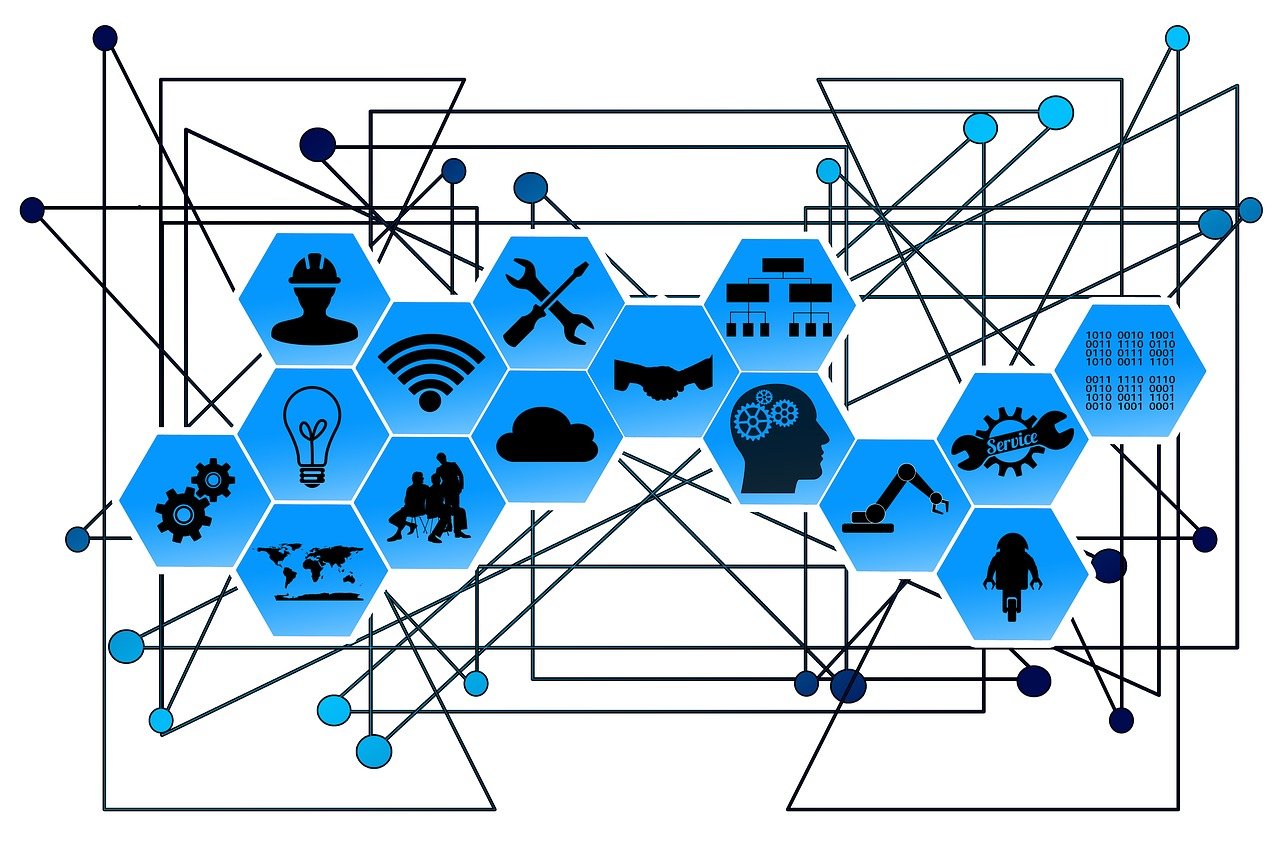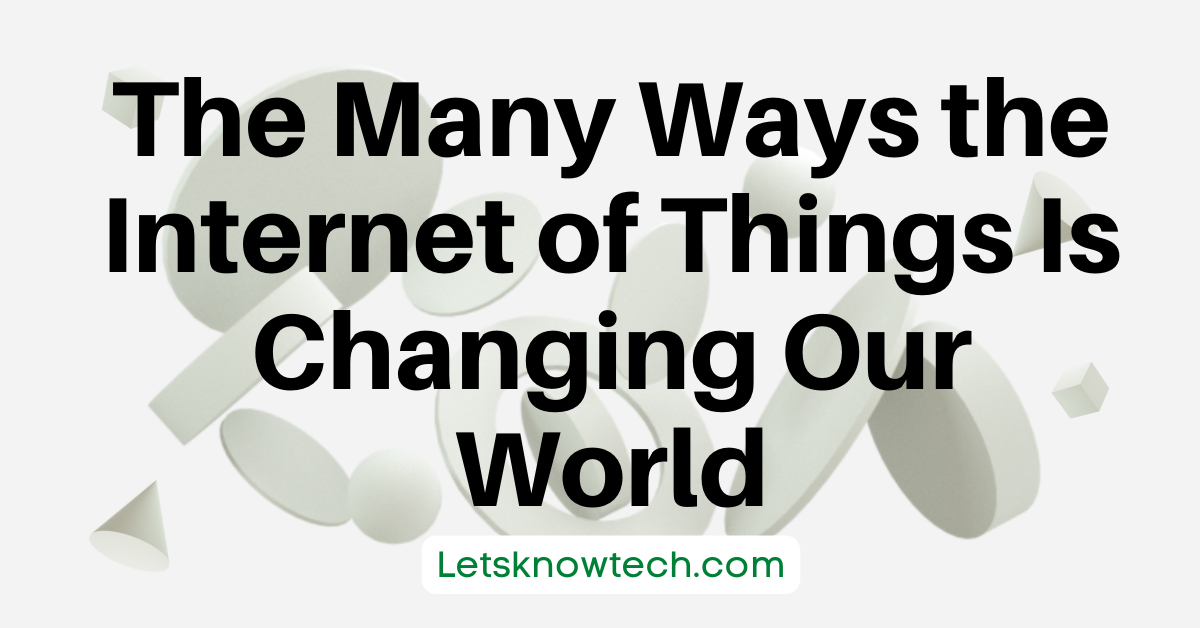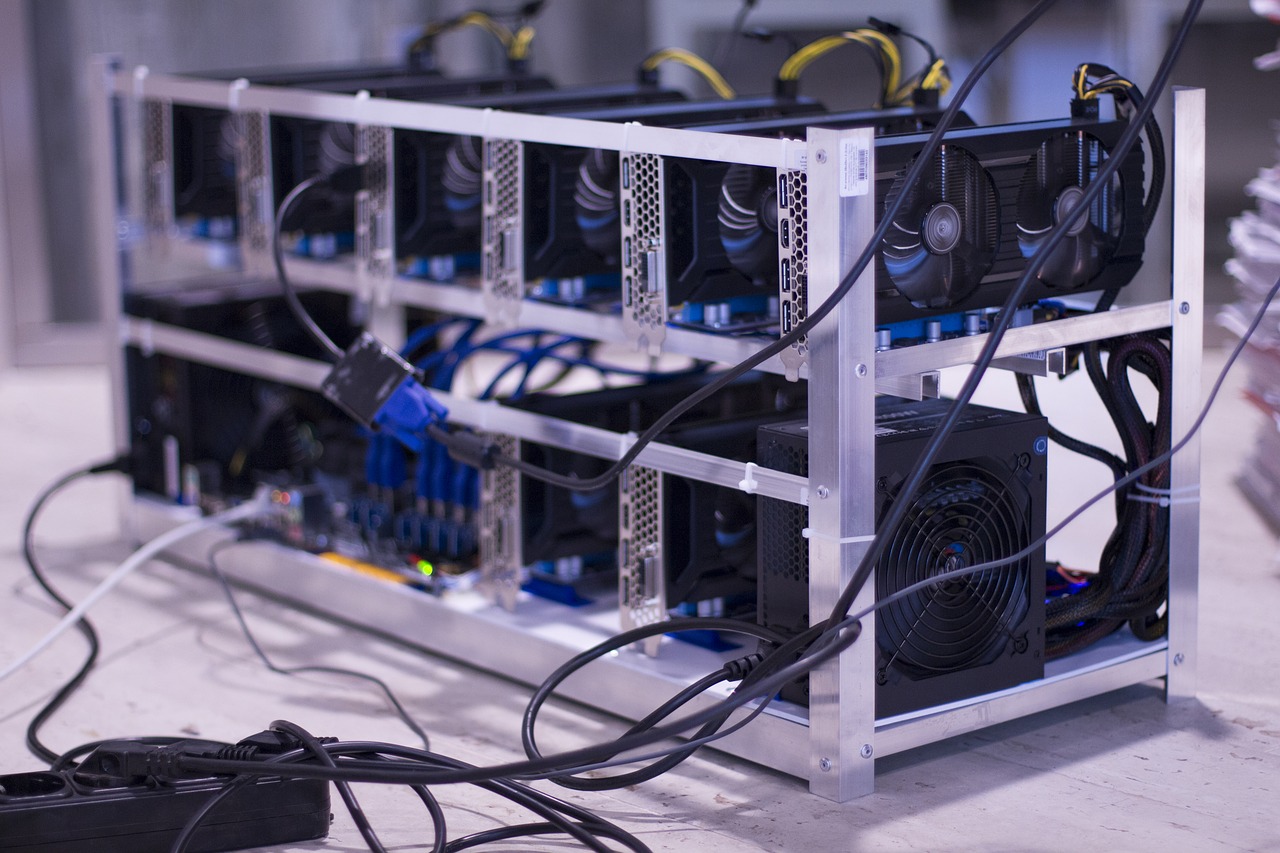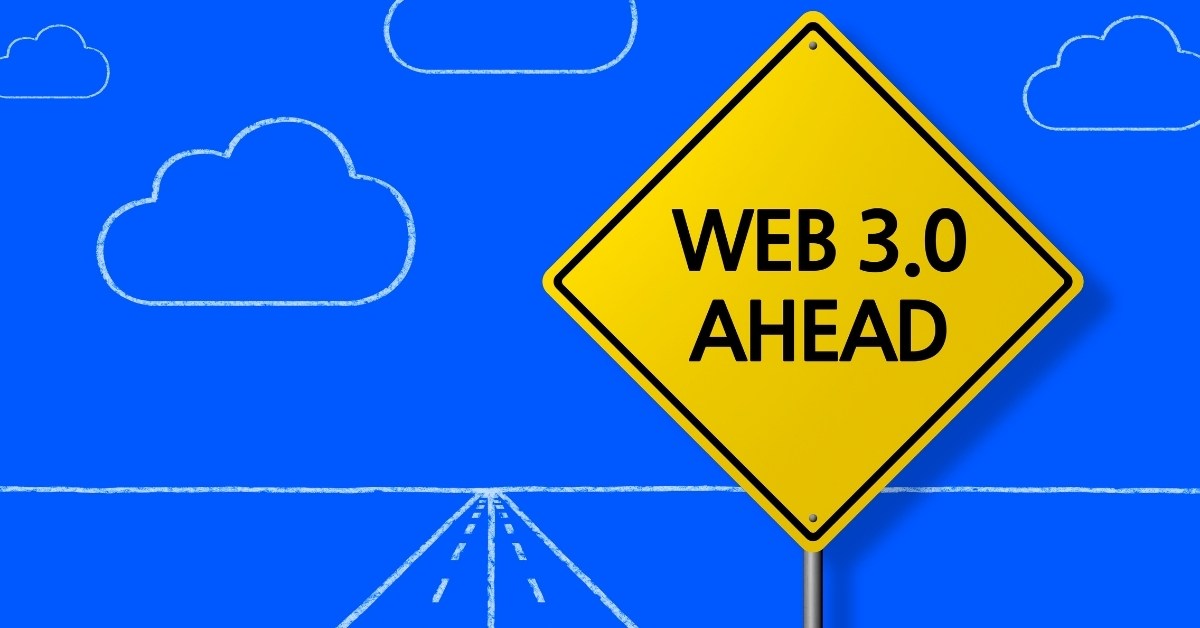IOT in different sectors: How Industrial IOT is utilized across different sectors?

How Industrial IOT is utilized across different sectors? The Internet of Things (IoT) has already started to revolutionize the way we live, working and play. From smart home appliances to intelligent industrial machinery, the technology promises to make our everyday lives easier. Despite being in its early stages, the IoT industry seems set to grow exponentially in terms of revenue generation and also in terms of its applications and usage. Many businesses have already started exploring ways through which they can harness the potential of this revolutionary technology to benefit their own operations and those of their customers or clients as well.
As we are progressing towards Industrial Internet of Things (IIoT), industrial engineers are facing new challenges and opportunities. New technologies such as robots, artificial intelligence (AI), machine learning (ML), and sensors are helping to find solutions for critical tasks. IoT brings huge opportunities for Industry 4.0 and digital transformation. IoT helps to get rid of archaic software that tracks factory equipment, such as PLCs or DCS systems.
In fact, according to Cisco, there will be more than 150 billion connected devices by 2023. With all of these potential data sources and processing power at our fingertips, it’s no wonder that IoT is starting to become a big part of business strategy for many organizations – from large enterprises to SMBs. With so much activity around connected devices and data analytics, it’s important to understand what exactly are you implementing; and how can you utilize it best for your business. In order to do that, let’s dive into how IoT might impact 3 key business sectors – Manufacturing (IoT), Transportation and Agriculture.
Smart Factory ( IOT in Manufacturing)
The modern smart factory combines multiple data sources like production equipment and employee-attached sensors to enable a network of informational exchanges between all assets of production. This high level of communication improves quality and efficiency within facilities, whether for basic internal oversight or for customer service purposes. Since a smart factory relies on seamless cooperation among its disparate pieces, it’s crucial that every individual piece supports enterprise-wide goals. An effective Industrial Internet of Things (IIoT) implementation means production can be more responsive and resilient than ever before. Here are some tips on how to implement IIoT in manufacturing. A smart factory is one that incorporates technology into its processes to increase overall operational efficiency and productivity. In addition to basic supply chain logistics software solutions, here are four areas where you should consider implementing Industrial IoT technology for your manufacturing facility:
1. Connected Production Equipment
Production equipment includes machines and tools used in any kind of industry; from cars and computers to food processing plants and oil refineries. These tools generate large amounts of information about their operation—such as speed, load capacity, location, etc.—which could prove useful if shared with other machines or systems throughout your facility. For example, a connected production machine might be able to adjust its own settings based on readings it receives from sensors elsewhere in your factory.
2. Connected Assets
Connecting assets refers to anything that you own but aren’t using at a given time—for example, machinery or tools that are being repaired and stored within your facility until they’re needed again. By connecting these assets to an IoT network, you can keep track of them so they don’t go missing when not in use. You can also detect when something has gone wrong with an asset before it becomes a major problem for production (e.g., detecting an oil leak early enough that it’s still fixable).
3. IOT based data management systems
IoT-powered data management systems store terabytes upon terabytes of information about every piece of machinery and process in your factory. To ensure access to relevant data on-demand, establish clear rules about what IoT systems may share with other systems, which employees should have access to IoT data and how long that access should last. That way employees will know whether reading certain machine data will help solve problems quickly or if it would be better left for upper management to look at instead. The more restrictions you place on IoT data access as a security measure, however, the more difficult information exchange will become throughout your smart factory network over time as new team members join your team after others leave–especially if there isn’t clear documentation available on how any particular system interacts with any other system across multiple facilities.
Smart Transportation (IOT in Transportation)
With IOT, the transportation industry has begun to slowly transition from human driven vehicles to autonomous and semi-autonomous vehicles. The benefits are obvious, as self-driving cars can react faster than their human counterparts, but how long will it be before we see them on our roads? In cities like Boston and San Francisco there have already been pilot projects for IOT enabled autonomous vehicles. There are still regulatory hurdles that need to be overcome before we can expect a fully autonomous car on the road, but it’s likely not too far off into the future. As with many industries where IOT has changed the way business is done today–the transportation industry will be no exception.
So what does IOT mean for your local transportation industry? For starters, instead of paying someone $50+ an hour to drive you around all day, a driverless vehicle may someday cost only $1/hr — thanks to dropping gas prices worldwide. For users and clients alike, drivers won’t ever fall asleep at the wheel or get distracted while they’re supposed to be driving — meaning better service overall. For companies looking at hiring more drivers or those already supplying them — driverless cars could put smaller transportation companies out of business. For many people it’s no secret that major auto manufacturers like Ford and Toyota have been working on autonomous vehicles for some time now. In fact, Ford recently announced plans to launch fully autonomous vehicles by 2021 . There are also smaller start-ups looking into how self-driving cars can change our lives too; such as Zoox , which has raised over $200 million from investors like Richard Branson. The idea behind these new driverless models isn’t just about reducing accidents either; it’s about making transportation safer and cheaper overall. As far as costs go — studies have shown that eliminating human error could save billions of dollars each year!
Supply Chain Optimization
Many people think of it as being the Internet of Things — or IoT. However, that phrase isn’t technically correct; while it’s true that IoT devices can be linked to one another, most manufacturers and sellers view it as a way to optimize their supply chains. This means streamlining how products are distributed by reducing losses (and costs), improving availability, cutting down on delays and ensuring quality control throughout all stages of production. The Internet makes all of these goals easier to achieve because you can reach customers — and gain new ones — much more easily than ever before! All you need is an online sales platform — or a place to sell your goods on consignment.
Smart Farming (IOT in Farming)
The Internet of Things (IoT) has taken off recently with companies like Google leading an investment wave, as well as several promising new startups. But it’s more than a buzzword for techies. As IoT becomes a reality, we’re seeing some interesting use cases emerge—especially when it comes to agriculture. For example, farmers can use sensors on their tractors or combine harvesters to detect faults or malfunctions before they become too serious. Sensors also enable precision farming—which uses geographic information systems (GIS) and remote sensing data from satellites and aerial drones to help farmers make better decisions about what crops should be planted where. Farmers can even get alerts on their smartphones if there are any issues with water levels or soil conditions that might affect their crops.
And, as you might expect, IoT plays a huge role in monitoring livestock health. Smart devices track animals’ temperature and heart rate remotely so farmers can intervene quickly if something goes wrong. They can also monitor how much food each animal eats or drinks throughout its lifetime, so producers know exactly how much to feed them during breeding season. In fact, IoT is already making big waves in healthcare—and it will likely play an important role in our future lives whether we know it or not! It seems clear that no matter which sector you work in, IoT will have a major impact on your industry over time. So why not start learning more now?

I’m Ansak Mahir from Sri Lanka. Technology enthusiast from a young age. Currently an undergraduate of BSC in Software Engineering (Kingston UK) and BSC (hons) in Information Technology & Management (University of Moratuwa). I love blogging and spreading the knowledge in a unique perspective. I’m also a reputed freelancer for web design and development




One Comment